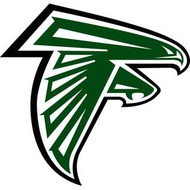Aesop and Ananse: Animal Fables and Trickster Tales
(View Complete Item Description)In this unit, students will become familiar with fables and trickster tales from different cultural traditions and will see how stories change when transferred orally between generations and cultures. They will learn how both types of folktales employ various animals in different ways to portray human strengths and weaknesses and to pass down wisdom from one generation to the next. Use the following lessons to introduce students to world folklore and to explore how folktales convey the perspectives of different world cultures.
Material Type: Activity/Lab, Lesson Plan, Unit of Study









